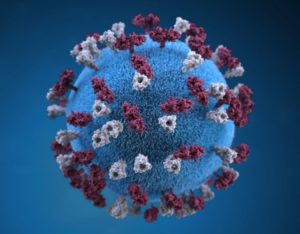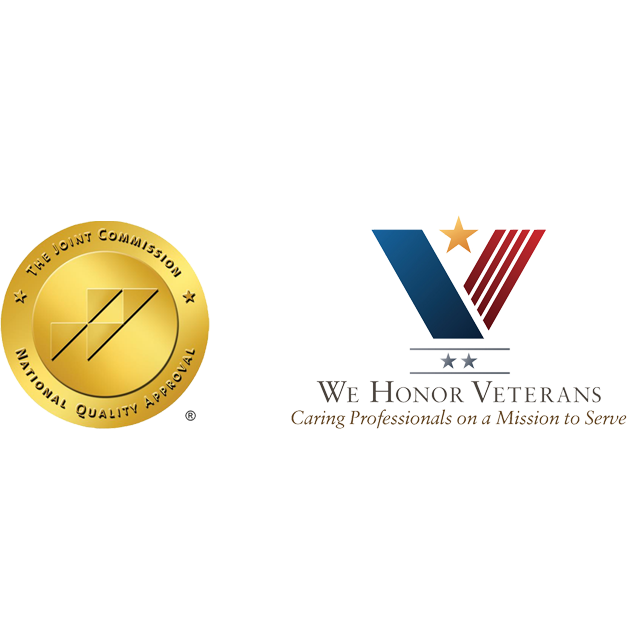 Our first priority is to take care of our patients and staff, so we have plenty of personal protective equipment (PPE) available.
Our first priority is to take care of our patients and staff, so we have plenty of personal protective equipment (PPE) available.
The interim guidance has been updated based on currently available information about the COVID-19 and current situation in the United States. Here is what is currently known:
Mode of Transmission: Early reports suggest person-to-person transmission most commonly happens during close exposure to a person infected with COVID-19 primarily via respiratory droplets produced when the infected person coughs or sneezes
ALL COVID-19 POSITIVE OR PRESUMED POSITIVE PATIENTS WILL BE SCHEDULED AT THE END OF THE DAY OR LAST VISIT OF THE DAY.
SEE ALL OTHER PATIENTS FIRST!!!
What to do prior to a visit
When making a home visit you should identify patients at risk for having COVID-19 infection before or immediately upon arrival to the home. You should ask patients about the following and answer yes or no. (include in your documentation) Preferred practice – Ask screening questions when making initial call to schedule home visit, the night before visit date)
- International domestic travel within the last 14 days to countries or areas of the country with sustained community transmission
- Signs or symptoms of respiratory infection such as a fever, cough and sore throat.
- In the last 14 days has had contact with someone with or under investigation for COVID-19 or are ill with respiratory illness
- Residing in a community where community based spread of COVID-19 is occurring
- Ask patient to do nebulized medications prior to arrival not during visit.
- If ANSWER to any of these is YES please wear a mask and gloves. Recommend contacting their PCP for further follow-up.
- If NO wear gloves and follow standard precautions.
Upon Arrival and during the visit
See attachment for Sequence for putting on Personal Protective Equipment
- LEAVE your Bag in the car and use a plastic bag to take in just what you need for that visit (Pulse OX, dressing supplies, etc.)
- If you do take in a bag adhere to Standard Bag technique and Infection Control protocol
- Have the person stay in one room, away from other people as much as possible.
- If possible, have them use a separate bathroom.
- Educate on Avoiding sharing personal household items, like dishes, towels, and bedding
- If facemasks are available, have them wear a facemask when they are around people, including you.
- It the sick person can’t wear a facemask; you should wear one while in the same room with them, if facemasks are available.(N95 if positive or assumed positive)
- If the sick person needs to be around others (within the home, in a vehicle, or doctor’s office), they should wear a facemask.
- Wash your hands often with soap and water for at least 20 seconds, especially after interacting with the sick person. If soap and water are not readily available, use a hand sanitizer that contains at least 60% alcohol. Cover all surfaces of your hands and rub them together until they feel dry.
- Avoid touching your eyes, nose, and mouth.
- Every day Every visit, clean all surfaces that are touched often, like counters, tabletops, and doorknobs and equipment used to obtain vital signs
- Educate on washing laundry thoroughly.
- Educate on avoiding having any unnecessary visitors.
- For any additional questions about their care, contact their healthcare provider or state or local health department.
- Provide Symptom treatment-Make sure the sick person drinks lots of fluids to stay hydrated, Over the counter medications may help with symptoms
What to do after completion of your visit
- Go directly home
- Take off clothes , place in bag and launder immediately prior to entering you home
When to end Home Isolation
If they will not have a test to determine if they are still contagious, they can leave home after these three things have happened:
- They have had no fever for at least 72 hours (that is three full days of no fever without the use medicine that reduces fevers) and other symptoms have improved (for example, when their cough or shortness of breath have improved)
AND - at least 7 days have passed since their symptoms first appeared
If they will be tested to determine if they are still contagious, they can leave home after these three things have happened:
- They no longer have a fever (without the use medicine that reduces fevers)
AND - other symptoms have improved (for example, when their cough or shortness of breath have improved)
AND - They received two negative tests in a row, 24 hours apart.
